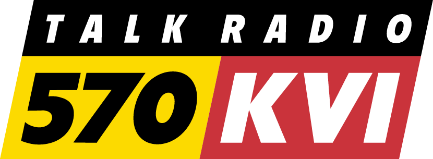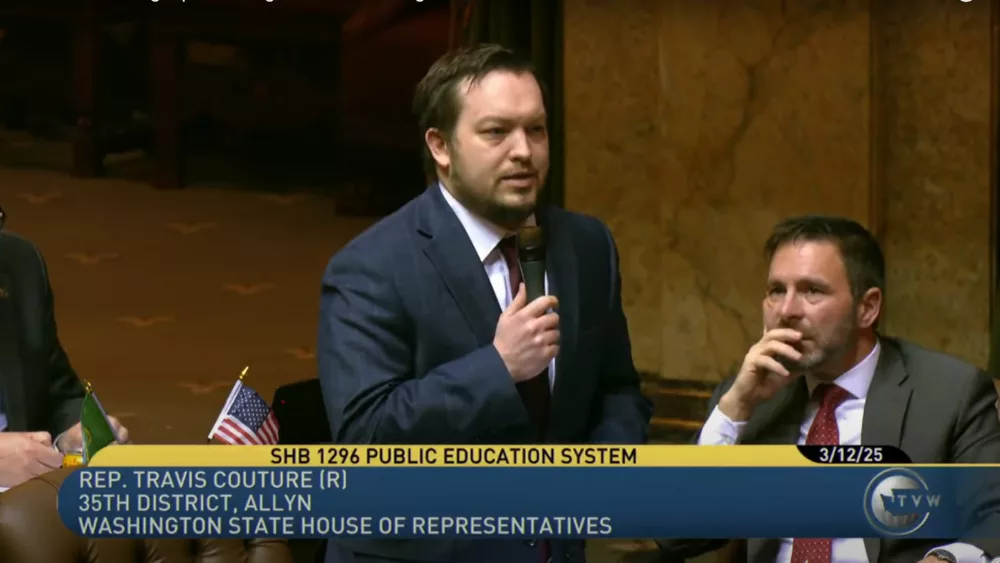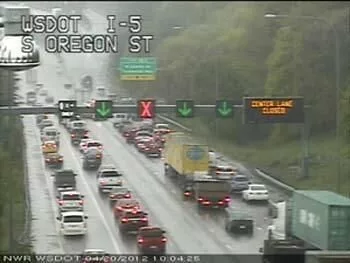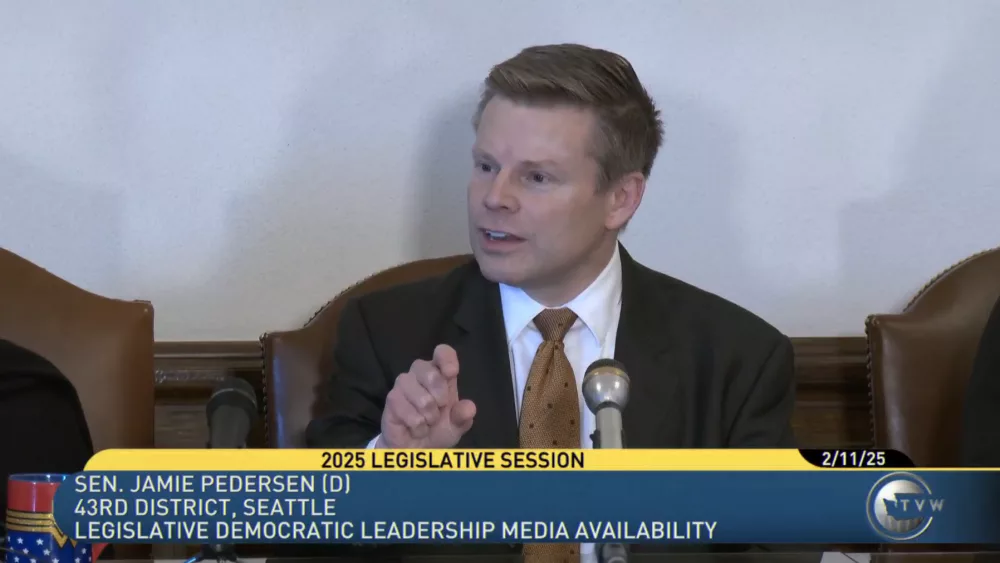(The Center Square) – Initiative 2117 to repeal Washington state’s cap-and-trade law under the Climate Commitment Act could already be impacting the CCA’s carbon credit futures market that is meant to reduce overall carbon emissions.
Via forums like the Intercontinental Exchange, or ICE, traders can buy and sell Washington carbon credit futures. Closing prices have steadily declined since I-2117 was certified last month, though the December 2024 CCA contracts were dropping slightly in the months before the measure was certified.
The price of Washington Carbon Allowances Vintage 2024 Futures was trading at about $70 in August but began to slip. By January, when I-2117 was certified, it had fallen to near $30.
Carbon credit futures are an expansion of the carbon market, with a carbon credit being a certificate or permit representing a reduction in carbon emissions. One credit represents one metric ton of carbon dioxide.
A futures contract is a derivative representing an underlying asset that’s sold at a specific date for a specific price, with the underlying assets, in this case, being carbon credits.
“We are dealing with futures contracts. The seller of the contract is promising to deliver allowances to the buyer at a future date for the agreed-upon price,” Kriss Sjoblom, an economist with the Washington Research Council, explained to The Center Square in an email on Friday. “The buyer agrees to buy the allowances at that price on that date. (It is usually the case that contracts are closed out with payments of money rather than physical delivery of goods.)”
Sjoblom noted a decrease in prices over time but didn’t necessarily attribute that to I-2117.
“In the first week of September, allowance futures prices dropped from the high $60s to the mid $50s after [the Washington State Department of] Ecology signaled it intended to aggressively supply allowances at that price range,” he said. “Prices were generally in the mid $50s through the end of 2023. (My last price for December is $54.20 on December 27.)”
Sjoblom went on to say, “On January 17 (the day following certification), the price was $48.35. I don’t yet have any earlier prices for January, so I’m sure of the extent to which the decline from December 27 to January 17 was gradual rather than abrupt on January 16, when the initiative was certified. (Signatures were submitted on November 21. Certification should not have been that much of a surprise.)”
“For the last four days, the price has been $35,” he said.
Sjoblom had previously indicated that the notion traders are scared their December 2024 contracts could end up being worthless is real.
“If the initiative is either passed or approved, the price would immediately fall to zero,” he emailed The Center Square in late January.
Stone Washington, research fellow with the Competitive Enterprise Institute’s Center for Advancing Capitalism, had a somewhat different take.
“I both agree and disagree with the view expressed by Dr. Sjoblom,” he emailed The Center Square on Tuesday. “Washington state’s cap-and-trade law does provide for a quarterly auction system that trades allowances of emissions between participating organizations. A qualifying organization can indeed bid and purchase the allowance as if it were a futures contract, since the obtained allowance validates the company to produce a certain tonnage of greenhouse gas emissions at a proscribed period in the future.”
But not all allowances are created equal, according to Washington.
“However, this system does not represent a true futures trading regime in the traditional sense, since the allowed GHG [greenhouse gas] emissions do not represent actual commodities,” he explained. “Allowances are a sort of carbon credit, which represents a government-imposed environmental currency that merely permits business activities producing GHG emissions. By themselves, the allowances are not financial instruments and do not hold any tangible market value. As I wrote in the past, ‘such credits derive worth from a company’s attempt to decarbonize part of its operations.'”
But that’s not the only difference between Washington’s credit futures and a conventional futures trading market “due to the fact that there is no free market incentive to participate and no reasonable means for profit generation. Only governmental proponents of Washington state’s climate change reduction agenda stand to benefit from this.”
Washington characterized the Evergreen State’s carbon auctions as “a way for companies to essentially pay the state government for conduct that was formerly unregulated, namely, industrial activity that produces GHG emissions.”
He concluded by noting, “The only incentive for organizations to participate stems from them seeking to avoid any compliance violations to the Climate Commitment Act’s goal of reducing overall emissions in the state. The burden to pay the state government hefty fines incentivizes companies not to violate the Act by purchasing as many allowances as possible under this artificial cap-and-trade market.”
Washington’s cap-and-trade program brought in nearly $2 billion in 2023, its inaugural year.
Before carbon auctions began last year, Gov. Jay Inslee had predicted the program would cost people “pennies” at the pump.
Ecology now puts the impact at up to 25 cents a gallon, while some critics say cap-and-trade has increased gas prices by 40 to 50 cents per gallon.
The Center Square reached out to the Governor’s Office for comment on the possible impact of I-2117 on the CCA carbon futures market.
“Market participants consider lots of news and information as they make decisions,” Inslee spokesperson Mike Faulk emailed The Center Square. “It’s not our role to speculate on all the potential drivers of market actions.”
He added, “The state remains focused on advancing legislation to facilitate discussions with California and Quebec about linking our cap-and-invest programs, and effectively using Climate Commitment Act revenues to reduce pollution and help Washington communities.”
Gas prices in Washington are currently nearly 32 cents per gallon higher on average than in neighboring Oregon, per AAA.





